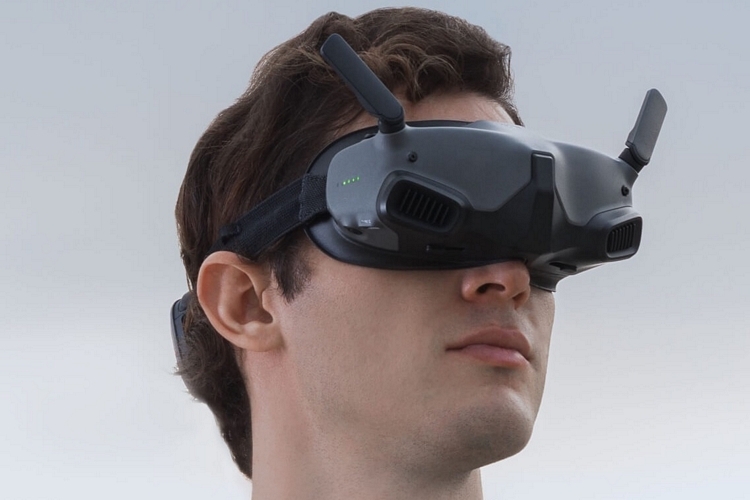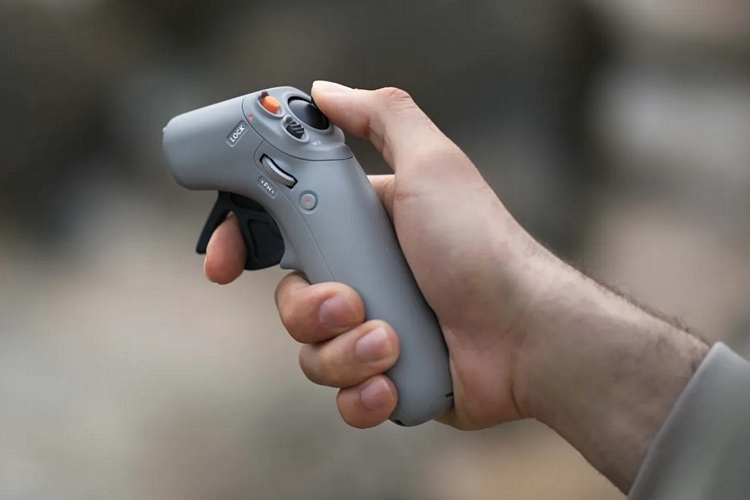
We love DJI’s cinewhoop-style FPV drone, with its forward-facing camera, guarded props, and compact proportions. Its biggest downside is the fact that it requires DJI’s Goggles (or Goggles 2), which force you be tethered to a separate battery pack, making it quite inconvenient to use. The DJI Goggles Integra finally addresses that flaw, freeing you from the tether of wires while enjoying a cockpit view of your drone’s flight.
Instead of having a power cable dangling from your head to the battery, the new goggles integrate the battery module right on the head strap, eliminating the need to hook up an external power source. That way, you can immerse yourself in FPV visuals without worrying about having the wires catch onto any object in the vicinity at any point.

The DJI Goggles Integra comes with two 0.5-inch micro-OLED displays, each with 1920 x 1080 resolution, a 44-degree field of view, 100 nits of brightness, and a 100Hz refresh rate. The displays can show a live feed of the DJI Avata’s camera in real time, with transmission latency going as low as 30ms for 1080p at 100fps and 40ms for 1080p at 60fps, so you can see exactly whatever lies in the drone’s path within a fraction of a second. It automatically switches between 2.4GHz and 5.8Ghz frequency bands, depending on whichever allows for a more fluid, more stable signal, while the new SyncSmooth technology produces smoother video transmission that’s a lot easier on the eyes to reduce the chances of visual fatigue and dizziness.
According to the outfit, the headset design is very lightweight and balanced, ensuring it’s comfortable enough to keep on throughout the drone’s entire flight time. It has foldable antennas, too, so which should help it maintain a more compact form when packing, make it easier to store and transport.

The DJI Goggles Integra takes a cue from the recent headset design of the Meta Quest Pro by putting the battery pack in the back of the headband. This allows for better distribution of weight, while leaving the main headset completely untouched whenever you need to get the battery module serviced or replaced for whatever reason. The onboard battery, by the way, will allow the headset to run for up to two hours between charges, so you better make sure you have enough power banks on hand to keep both the drone and the googles fully charged if you plan to spend the day playing around with an FPV drone.

Along with the headset, DJI has also introduced the RC Motion 2, an updated version of their one-handed RC controller for the Avata. This version boasts an improved joystick that sticks out compared to the flush joystick of its predecessor for easier thumb controls, as well as an updated accelerator with a reverse function for better support of multi-directional flight. Naturally, it sports the same motion-sensing tech that lets you operate the drone using gestures and movements.
The DJI Goggles Integra is available now, priced at $499, while the DJI RC Motion 2 retails for $239.
